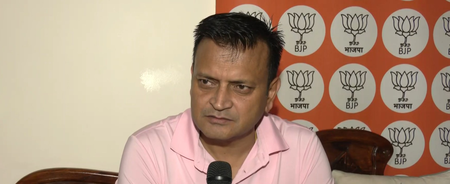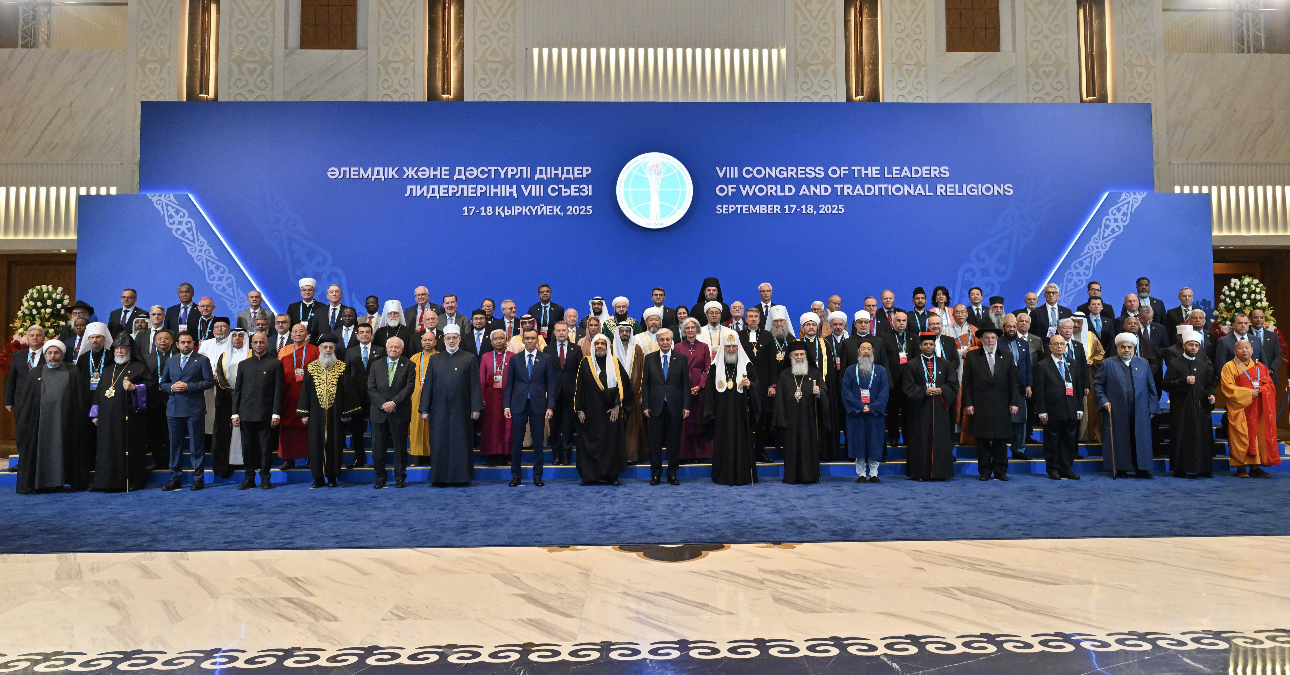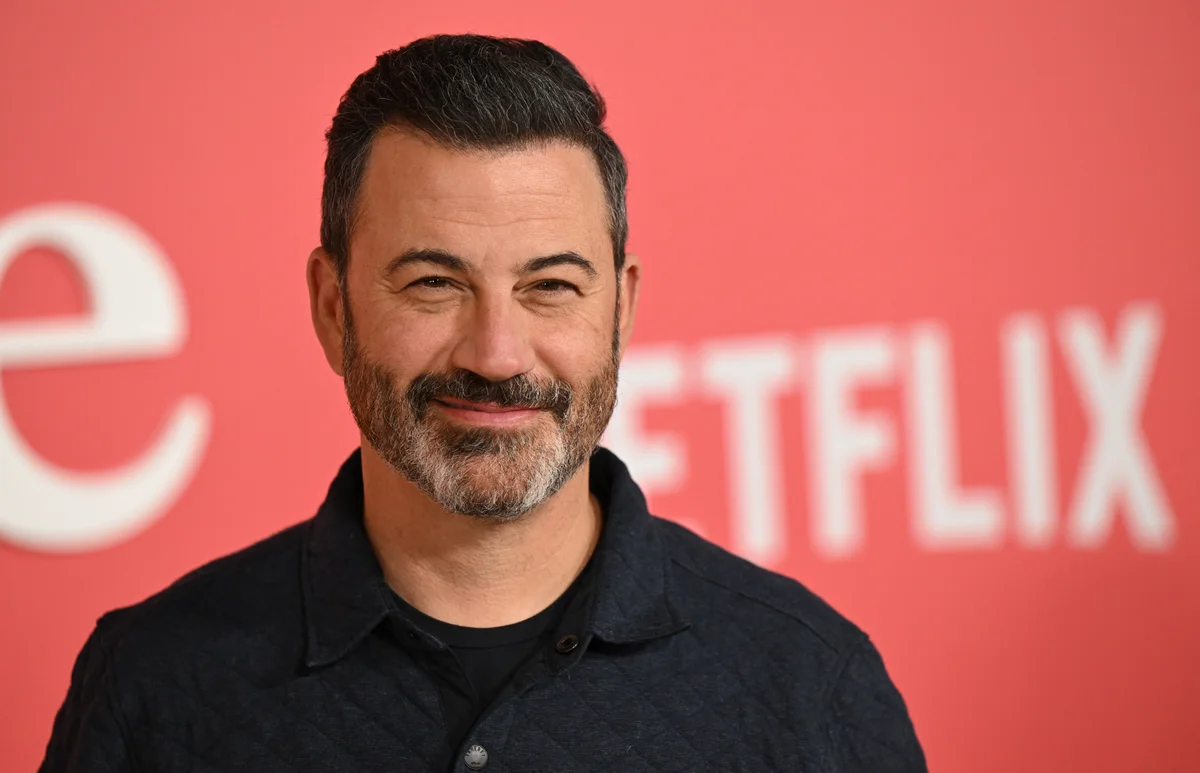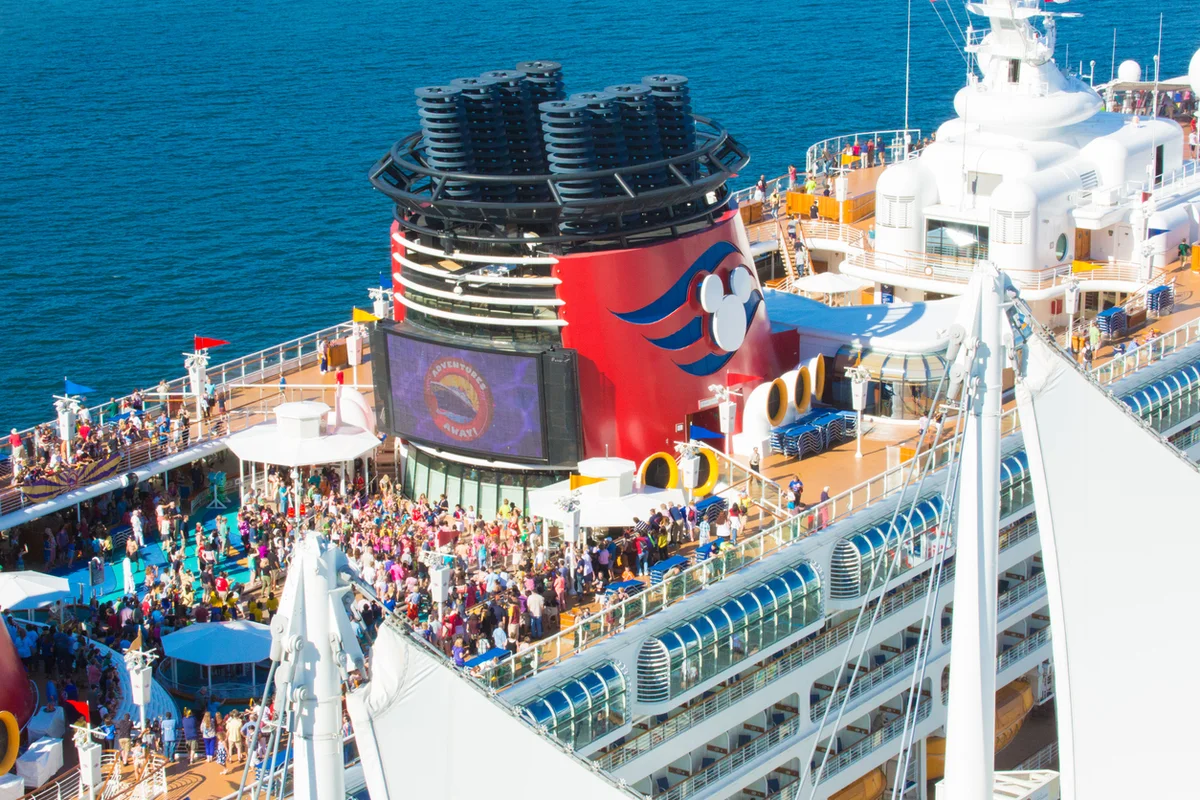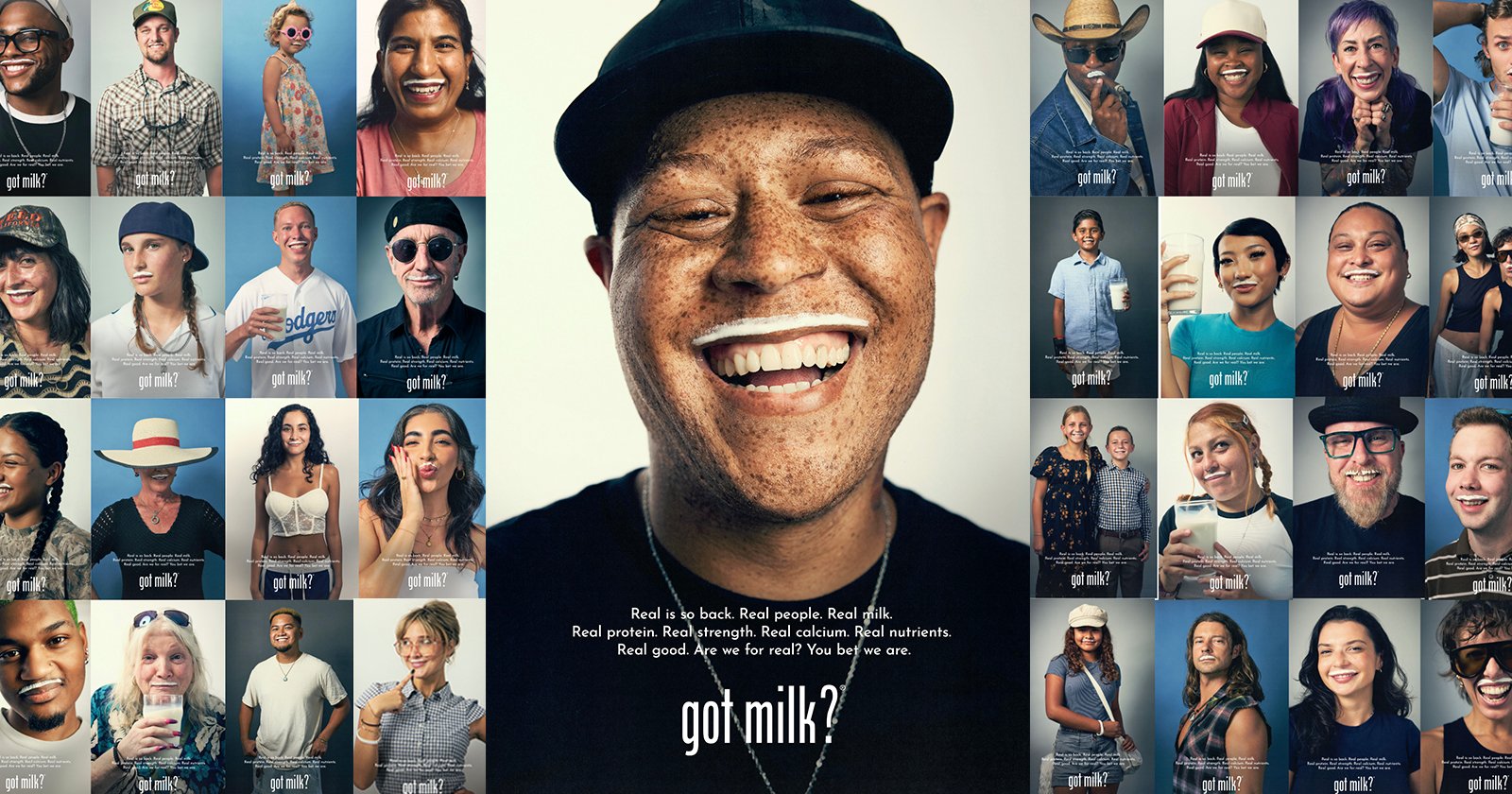
Los Angeles-based photographer Aldo Chacon has brought a contemporary vision to the 30th anniversary of the iconic Got Milk? campaign, capturing thousands of portraits across California.
The Legacy of Got Milk?
Since its launch in 1993, the Got Milk? campaign has become one of the most recognizable advertising initiatives in American history. Originally created by the advertising agency Goodby Silverstein & Partners, the campaign was designed to promote milk consumption in a way that was memorable, playful, and culturally resonant. The signature milk mustache portraits, shot by photographers including Annie Leibovitz, paired celebrities, athletes, and everyday people with a humorous, relatable visual motif: a glass of milk and a creamy white mustache.
Over three decades, these portraits not only became a hallmark of American pop culture but also a vehicle for storytelling, capturing personality, style, and emotion in a single frame. By the 30th anniversary, Got Milk? had firmly established itself as a campaign that blends advertising, art, and cultural commentary, making it a meaningful canvas for any contemporary photographer.
A Cultural Legacy Revisited
For 2025, Los Angeles-based photographer Aldo Chacon partnered with Got Milk? to celebrate this 30-year milestone. His goal was to create a contemporary reimagining of the campaign, honoring its iconic legacy while introducing fresh perspectives and inclusivity. Over several months, Chacon and his team traveled across California in a retrofitted mobile photo studio, photographing more than 12,000 individuals from diverse backgrounds. From small towns to major cities, the project sought to capture the breadth of the state’s people and stories, turning the campaign into a living portrait of California.
“This was truly a dream campaign to work on. One of the biggest draws for me as a photographer was the chance to contribute to such an iconic cultural moment. It really pushed me to think creatively about execution while honoring the original campaign and Annie’s photographic work,” Chacon says.
Honoring Annie Leibovitz, With a Contemporary Twist
Annie Leibovitz’s work for the original Got Milk? campaign set a high bar for portraiture, emphasizing clean composition, simple lighting, and the unique character of each subject. Chacon faced the challenge of balancing that visual legacy while adapting it to a modern context.
The mobile studio required innovative problem-solving. The bus had to function as a fully equipped photography studio, complete with lighting, backdrop systems, and space for printed posters. Shooting on a Canon R5 with Profoto B1 lights, Chacon worked with his team, Saul Barrera, Coy Gutierrez, and Ron Loepp, to develop a setup that allowed for speed, consistency, and mobility. Each backdrop was tested for optimal lighting and print reproduction, and special attention was paid to how subjects would be framed on the final 24×36-inch (61 × 91.5 cm) posters.
“We focused on keeping the lighting simple and flattering for everyone. I also embraced a wide-angle approach to highlight facial expressions and make the milk mustache an integral, playful element. On the large printed posters, those close-ups had incredible impact,” Chacon explains.
Portraits of California
Beyond the technical aspects, the human element was at the heart of the project. Chacon describes how each portrait session became an interactive experience, allowing participants to express themselves authentically.
“Everyone has something unique about them—the way they move, their style, their personality,” he says. “We created a space where people could be themselves, whether that meant smiling, screaming, showing love, or just enjoying the moment. Everything was celebrated without judgment.”
The scope of the project also emphasized the diversity of California’s population. From city streets to rural landscapes, Chacon captured people of all ages, backgrounds, and beliefs. The result is a sprawling collective portrait that goes beyond advertising, reflecting the state’s culture, community, and individuality.
“Every single person was in awe when they received their poster. It was a feeling of pure joy seeing their faces light up, and it reminded me of why portraiture is so powerful,” Chacon recalls.
Technical and Creative Choices
The project required careful planning to meet its unique logistical demands. Pre-lighting tests inside the bus allowed Chacon to optimize his workflow for speed and mobility, while custom tension rods and light modifiers provided flexibility across locations without access to power.
Chacon’s personal style, usually minimal and elegant, was adapted for this campaign to accommodate the wide-angle close-ups and retro feel of the images. Careful consideration of color, backdrops, and lighting ratios ensured the portraits honored Leibovitz’s iconic aesthetic while giving Chacon’s own photographic voice room to shine.
“Creatively, I wanted to stay true to the simplicity of the original campaign, but also make the portraits feel alive and contemporary,” he says. “It was about capturing the essence of each person, not just recreating a historic image.”
Beyond Advertising: A Landmark Photo Project
For Chacon, the project’s success goes beyond commercial objectives. The sheer scale, 12,000 portraits delivered as personalized printed posters, transformed the campaign into a culturally significant archive. By photographing real people rather than only celebrities, the project created a living record of California’s diversity and everyday life.
“When people started framing their posters at home, that’s when it really hit me: we had created something that transcended advertising. Stripped of the branding, it could stand as documentary portraiture, capturing the human stories behind a cultural icon,” Chacon reflects.
While older audiences may have strong nostalgic connections to Got Milk?, younger participants experienced the project as interactive and playful. By offering them the chance to appear in a culturally significant campaign, the project fostered engagement and introduced new viewers to the legacy of the original portraits.
“My hope is that it resonates with them in a positive way,” Chacon says. “It’s a fresh, participatory experience that allows them to be part of an enduring cultural phenomenon.”
Looking Forward
The project reaffirmed Chacon’s dedication to portraiture and storytelling. It also highlighted the creative potential of working within constraints, from mobile studios to limited backdrops, while capturing authentic human moments.
“Going forward, I want to take on more art-driven projects centered on people. Projects that explore the human face in new and meaningful ways, while embracing spontaneity, improvisation, and connection with the subject,” he says.
Aldo Chacon’s Got Milk? project demonstrates the power of photography to connect people, preserve cultural memory, and celebrate diversity. By blending technical skill, creativity, and human empathy, he has turned a commercial campaign into a portrait of a community, showing that every face tells a story and every person has a place in shaping our shared cultural legacy.
